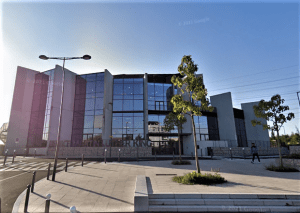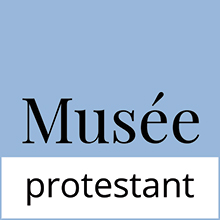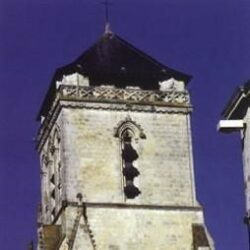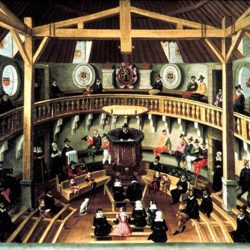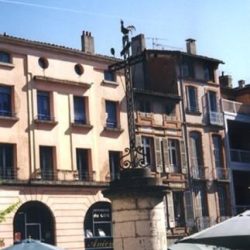History and architecture of Protestant temples
The Protestants very readily adopted the term temple, still specific to French Calvinism, contrary to the Lutherans, with the exception of the Montbéliard region, the Anglicans, Presbyterians and Episcopelians who kept the term church. In 2011 4,000 parishes represented about fifteen churches stemming from Protestantism in France.
The study is mainly focused on Luthero-Calvinism the only ones to date back to the Reformation, and gathering about 800 temples for 750,000 Protestants.
In the Kingdom of France most temples were destroyed before and just after the Revocation of the Edict of Nantes (1685). That was not the case in Alsace and in the Pays de Montbéliard that mainly had Lutheran temples.
Thus the remaining temples of different types express the History of Protestantism: two periods can be identified:
The first one, following the rapid development of the new religion, abruptly ended with the Revocation of the Edict of Nantes. The second one, after the Revolution restored freedom of worship saw several successive styles.
When whole villages converted, the community generally moved into the village church, as in Pontaix, Saint-Privat de Metz or Saint-Sauveur d’Orléans. But the Protestants mostly preferred to build according to standards better adapted to their new religion. On the one hand worshippers gathered to listen to the Word and the commentary, which led to two types of buildings: either a square plan with the pulpit in the centre and a polygonal shape as in Caen, Lyon-Paradis in 1564, Rouen, Bergerac, La Rochelle, Dieppe, or a rectangular shape based on Solomon’s temple as in Charenton, built by Jacques II Androuët du Cerceau in 1607, Montpellier, Nîmes, Anduze, Vezenobres, Puylaurens. Often in the south of France or Midi, a longitudinal arc can be found as in Collet-de-Dèze, 1646, Vialas. In all cases the emphasis is on light with large windows. On the other hand, Catholic sacrality was rejected. Worship could take place anywhere, which resulted in monuments without any decorations inside. Moreover Royal edicts imposed that they should not be tall, nor have a tower nor a high steeple.
Worship places for Ethnic Churches and Evangelical Churches
Members of Ethnic Churches are issued from immigration, especially from Corea and French-speaking African countries. Many of these immigrants live in the Paris Region. Belonging to Ethnic Churches helps preserve their language and culture. Worship generally takes places either in Lutheran or Reformed temples or in rented halls.
Evangelical Churches, growing fast in numbers, can be found all over France. They are generally small communities and they worship in buildings they have bought or rent, which bear no architectural resemblance to churches.
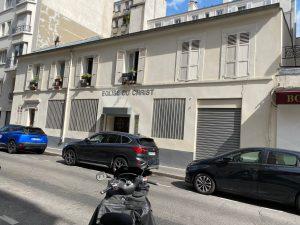
Église du Christ (Paris 17e)
There are also Evangelical megachurches in France with over 2,000 people attending worship. One is in Mulhouse and there are three in the Paris Region. The places of worship also bear no architectural resemblance to churches. The MLK (Martin Luther King) Church rents the Espace Grand Paris in Créteil every week-end.
